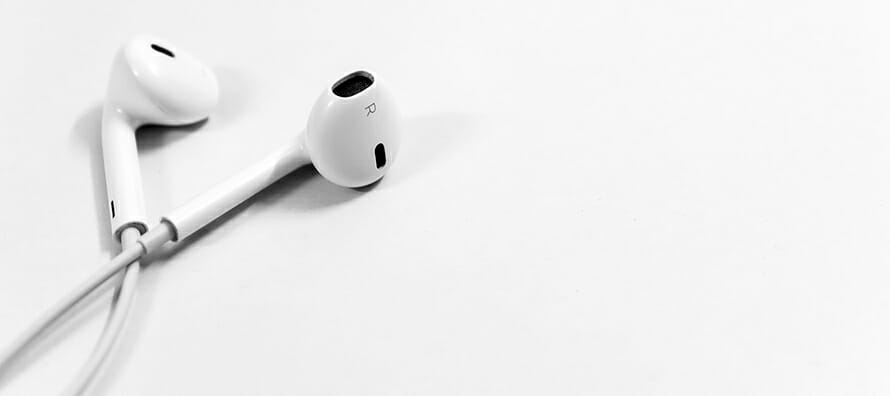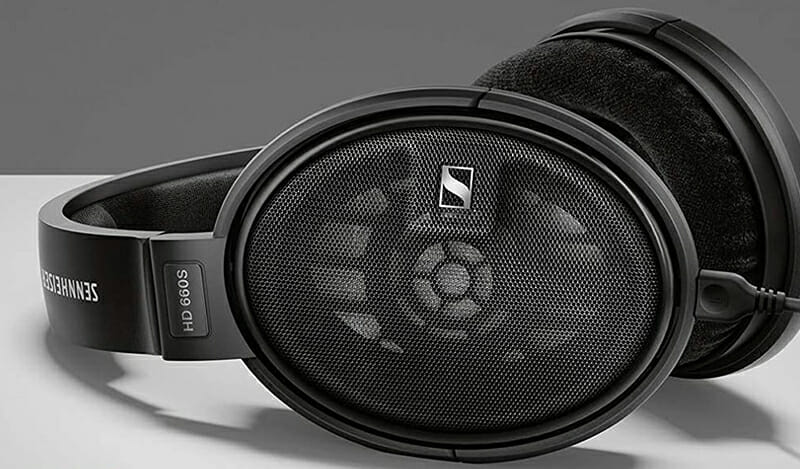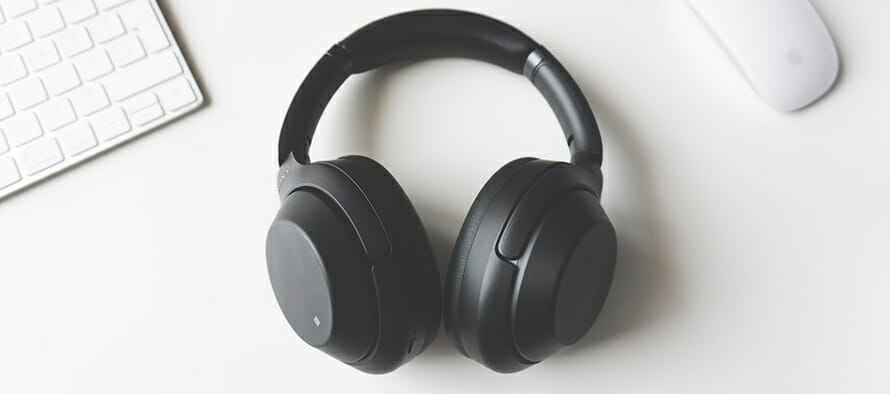All Types of Headphones You Need to Know

Listening to music in our busy world requires a bit of privacy that can be supplied by headphones. Not all headphones are meant for every purpose, though some can do more than one thing better than others.
Headphones can be categorized by four criteria, how you wear them or their fit, their cup design (if they have a cup), the driver type and their use case. Following is a detailed explanation of each of the different categorizations and what their best use cases might be.
Types of Headphones by Fit
For some people, the most important thing about a headphone is its size. Studio professionals typically do not care about size unless they want in-ear monitors. A consumer, on the other hand, might want the smallest possible headphones which still deliver great sound.
Depending -on how they fit, headphones can be divided into in-ear headphones, on-ear headphones and over ear headphones.

In-ear headphones or canalphones are the smallest of the bunch and the drivers fit inside your ear, using the entirety of it as a speaker, so to say. They insulate well if the fit is good. The fit is very important for these headphones, because it determines how much they insulate and how much bass they deliver. There is a subcategory of in-ear headphones called earbuds. They do not enter the ear canal but rest outside it.
On-ear headphones or supra-aural headphones have larger cups and they rest on the ears. These headphones offer the best of both worlds in terms of size and sound quality. While in-ear headphones can deliver superb quality in the mid to upper price range, on-ear headphones can typically do better at every price point due to speaker size.
These types do not insulate sound as well as the other two groups, but they are great for a balance between size, portability and sound quality.
Over ear headphones or circumaural headphones cover the ear completely. These headphones insulate sound by their design and they do it well. They are favored among audiophiles and studio professionals.
All headphone types can have active noise cancellation, but these features are more often included in consumer headphones, than audiophile or professional ones.
Different Types of Headphones by Cup Design
When talking about headphone cup design, there are two or three designs, depending on whether one differentiates open and semi-open headphones. The two different cup designs you will see on headphones are open and closed headphones.
Open headphones are by design, open. The cups leak noise and allow outside noise to come in. These headphones have a more “open” sound, meaning that it resembles what you would hear if you were listening to speakers. Listening fatigue is less likely to happen with open headphones, though it still can, if they have a bad design.

These are used in the studio, for playing video games, as well as by audiophiles. They are not used outside or in noisy places, because of their sound leak. Semi-open headphones are similar to open headphones, but the cups are less open, leading to more sound reflection, again, depending on the design.
Closed headphones are completely closed and it is the design which typically comes to mind when one thinks over ear headphones. They tend to have more bass due to sound reflecting back from the cups. Depending on the design, they can deliver a variety of sound quality. Due to their design, they insulate very well and are much more common in noisier environments.

They are also used by studio professionals, audiophiles as well as video gamers and consumers alike.
Types of Headphones by Driver Type
Headphones have different driver types, depending on why they were made. The most typical driver type is the dynamic driver, followed closely by planar magnetic and electrostatic drivers.
Dynamic drivers produce sound by using magnetized voice coils to move a diaphragm depending on the current in the coils. These drivers use little energy, are cheap to make, but unless made well, will distort at higher volumes.
Planar magnetic drivers work in a similar fashion to dynamic drivers. Instead of using voice coils, a very thin and flat diaphragm is moved by magnetic fields. Due to the flatness of the diaphragm, it needs larger or multiple magnets to be moved evenly. This results in a higher power requirement, meaning a headphone amplifier.
Electrostatic drivers used electrostatic energy to move the diaphragm. It moves thanks to a push-pull system, where static electricity plays a key role. Conductive electrodes or plates are on both sides of the diaphragm and it is pushed or pulled depending on the charge of each electrode. Both these and planar magnetic headphones are typically much heavier, bulkier and require an amplifier to be driven properly.
Types of Headphones by Intended Use
Not all headphones are equal, as we have learned, but some have been intended for a specific use from the start. Headphones can be divided into three categories by intended use, consumer, audiophile and studio/professional.
Consumer headphones are meant for average users who want a great listening experience. Price can vary in this category, and so can the cup and driver type. Typically, dynamic in-ear headphones or over ear headphones are the most common ones. They can produce a great balance of quality and portability and practicality, which professional and audiophile headphones lack.
Audiophile headphones are meant for high end consumers who like listening to music in more detail. They typically have a higher starting price point and can go up as high as three thousand dollars. Their design is either open or closed, dominated by over ear headphones. Driver types vary, from dynamic to electrostatic and everything in between.
Studio/professional headphones are meant for sound engineers, musicians, DJs and everyone who needs a pair of reference and monitor headphones. While they can be used for listening to music, they tend to sound flat, which is their intended purpose.
This category has cheaper headphones, as well as expensive ones, with possibly the widest price range. The design can also be open and closed back, with over ear headphones being the most common. In-ear monitors are however preferred by performing musicians.
They Cover Almost All Types
There are several types of bluetooth headphones, or wireless headphones. By fit, they cover all types. Due to their intended use, which is often for consumers, most wireless headphones have dynamic drivers and are closed back.
Some companies like Audeze, who specialize in planar magnetic headphones, make open-back wireless planar magnetic headphones. Electrostatic headphones, for example, have no notable wireless option.
Headphone Types Made Easy
Headphones can be categorized by fit, cup design, driver type and intended use. Depending on what you need, almost any combination of these can make your perfect pair of headphones. Audiophiles will argue that no pair of headphones is perfect in itself which is why most of them have at least three or four pairs.
Consumers, professionals, whether studio engineers or performing musicians, as well as audiophiles, can find a great pair of headphones with some research.
Understanding the differences between headphone types will make your next purchase a simpler one. As always, trying all types is recommended before committing to a purchase, particularly on the higher end of things.